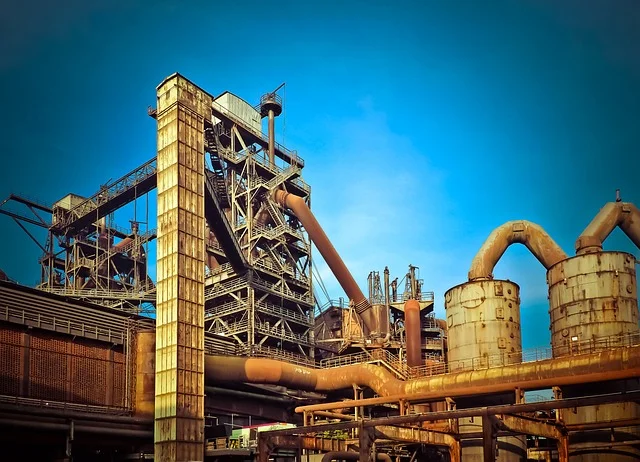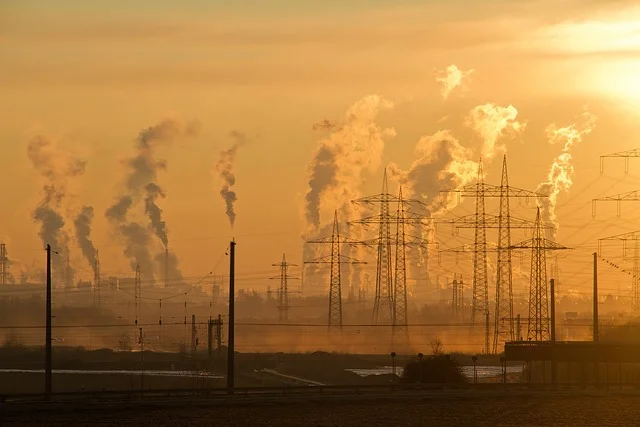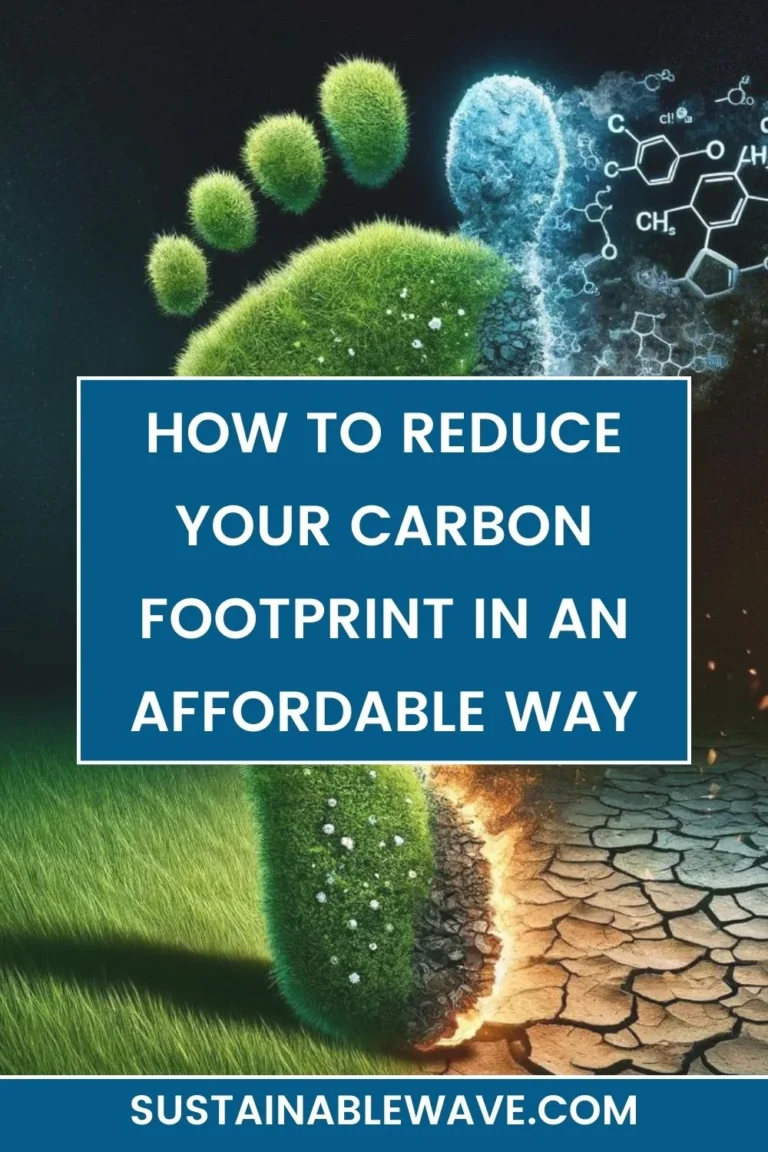Ethylene Cracker Plants, a cornerstone of the petrochemical industry, have been in the limelight recently due to increasing environmental concerns and potential health hazards.
But what exactly are they, and are they truly a “Deadly Misstep in the Making?”
Let’s embark on a journey to unveil all of the facts.
Ethylene Cracker Plants – A Deadly Misstep In The Making?

The core question at hand is the potential harm and long-term effects of these plants.
Ethylene Cracker Plants break down hydrocarbons, predominantly naphtha or ethane, to produce ethylene – a key ingredient in many plastics and chemicals. The process, while beneficial for numerous industrial applications, can have environmental implications.
But how severe are they? And does the utility of these plants justify the potential risks?
Historical Background of Ethylene Production
The story of ethylene is one of evolution, resilience, and innovation.
Having origins in the early 20th century, this compound rapidly rose in importance, becoming a linchpin for the petrochemical industry.
Early Beginnings
The initial discovery of ethylene goes back further than the cracker plants we know today. Historically, it was a by-product of gas manufacturing in the late 19th century. Back then, it was primarily used as an illuminating gas. The potential of ethylene as a building block for more complex molecules hadn’t been realized yet.
Industrial Evolution and the Birth of Cracker Plants
The 1920s and 1930s marked a transformative era for ethylene. As the demand for synthetic rubbers and polymers surged, especially during World War II, there was a push to produce ethylene on a larger scale. This led to the inception of cracker plants.
These facilities used steam cracking, a process where hydrocarbons, especially naphtha or ethane, were broken down under high temperatures to yield ethylene.
Modern-Day Significance
Fast forward to the 21st century, and ethylene stands as a primary component in producing polyethylene, vinyl acetate, and several other polymers. It’s the backbone for many everyday items, including plastic bottles, toys, and packaging materials.
What Does A Cracker Plant Do?
A cracker plant, often considered the heart of the petrochemical industry, is a specialized industrial facility whose primary function is the conversion of large hydrocarbons into smaller, more commercially valuable compounds.
This conversion, often referred to as “cracking,” is achieved using intense heat, pressure, and at times, specific catalysts. The raw materials commonly processed in these plants include naphtha or ethane.
Once subjected to the cracking process, these feedstocks transform into foundational chemical building blocks. The standout among these is ethylene, a precursor for a vast array of plastics, synthetics, and other chemicals that we encounter in our daily lives.
From the water bottles we drink from to the synthetic fabrics we wear, ethylene’s influence is pervasive, and it’s the cracker plants that stand as the birthplace of such widespread industrial influence.
Understanding The Ethylene Cracking Process
The ethylene cracking process is a cornerstone technique in the petrochemical industry, responsible for yielding ethylene – the primary building block for a vast array of plastics and chemicals.
To understand this critical process better, let’s break it down step by step:
- Feedstock Preparation: The initial stage involves the collection and preparation of hydrocarbon feedstocks, predominantly naphtha or ethane. These feedstocks are treated to remove impurities, ensuring an efficient cracking process.
- Thermal Cracking: The purified feedstock is then subjected to intense heat in specially designed furnaces. Temperatures can soar up to 850°C (1562°F). This extreme heat causes the hydrocarbon molecules to “crack” or break down.
- Quenching: Post-cracking, the hot gaseous mixture is rapidly cooled in a process called quenching. This step helps in halting any further unwanted reactions and prepares the gas for separation.
- Separation: The cooled mixture enters a series of distillation towers. Here, various products, including ethylene, are separated based on their molecular weights and boiling points.
- Purification: Finally, ethylene undergoes additional purification stages, removing any remaining impurities and ensuring its quality matches industry standards.
This systematic and precise sequence not only yields ethylene but also produces other valuable hydrocarbons like propylene and butadiene, driving myriad industrial applications.
The Environmental Footprint

Airborne Emissions and Their Implications
Cracker plants, while marvels of industrial engineering, do come with environmental costs. Their operations release not just CO2, a well-known greenhouse gas, but also methane, another potent climate change contributor.
Additionally, the flaring of excess gases and the potential release of VOCs (volatile organic compounds) pose challenges. These VOCs can lead to smog, ground-level ozone formation, and even acid rain – phenomena that can wreak havoc on ecosystems and human health.
Water: The Silent Casualty
Water plays a two-fold role in the world of ethylene production.
Firstly, vast amounts of water are utilized for cooling during the cracking process. While some facilities aim to recycle and reuse this water, many regions still face the threats of over-extraction and declining water tables.
Secondly, the potential for chemical runoff and unplanned discharges puts aquatic ecosystems at risk. Marine life, in particular, can be severely affected by even trace amounts of certain chemicals.
Land Degradation and Habitat Destruction
Building and maintaining large industrial complexes invariably demand land. This often results in the clearance of habitats, affecting both flora and fauna. Moreover, soil contamination due to potential chemical spills or improper waste management can compromise the land’s fertility, making restoration a daunting task.
Health Concerns: Are They Justified?
With towering chimneys and vast industrial landscapes, cracker plants can indeed seem intimidating. And this image isn’t just a visual concern.
Several health risks are associated with living near or working in these plants.
Breathing Troubles and the Air We Breathe
As mentioned, VOCs are a notable by-product of ethylene production. For the general population, especially those residing in proximity to these plants, this can lead to respiratory ailments. Prolonged exposure to these compounds is linked to conditions such as asthma, bronchitis, and even more severe lung diseases.
Skin and Eyes: The First Line of Defense
Chemical exposures aren’t just a concern when inhaled. Direct contact can lead to skin irritations, burns, and in some severe cases, chronic skin conditions. The eyes, being particularly sensitive, are susceptible to irritation and potential long-term damage upon exposure to certain chemicals.
Cancer and Long-Term Implications
Several chemicals and by-products associated with ethylene production have been flagged as potential carcinogens. While direct correlations require extensive studies and evidence, the potential risk remains a concern. Workers, in particular, are at the forefront of this risk, given their consistent exposure.
Economic Implications
A Boon for Job Creation
At the heart of the debate over ethylene cracker plants lies their undeniable economic benefits. These large-scale industrial plants act as significant employment generators. From engineers to manual laborers, cracker plants offer a plethora of job opportunities, often in regions starved for employment avenues.
These jobs are not merely numbers on a sheet; they translate to improved livelihoods, community development, and overall economic growth for the region.
Boosting Ancillary Industries
Ethylene cracker plants don’t operate in isolation. Their establishment leads to the rise of numerous ancillary industries – from logistics and transport to specialized maintenance services. Furthermore, the products they churn out, chiefly ethylene, act as raw materials for countless downstream industries, underpinning sectors like manufacturing and construction.
Economic Vulnerabilities and Market Fluctuations
However, while these plants play a crucial role in bolstering economies, they also introduce vulnerabilities. The operations of cracker plants are closely tied to global oil prices. A sudden plunge in these prices or disruptions in supply chains, often due to geopolitical reasons, can hamper production, leading to layoffs and economic downturns.
Alternative Solutions and the Way Forward
Green Chemistry and Sustainable Production
One of the most promising avenues in addressing the environmental challenges posed by ethylene cracker plants is the adoption of green chemistry principles. These focus on minimizing waste, reducing harmful emissions, and enhancing energy efficiency. By investing in research and integrating these principles, the industry can dramatically reduce its environmental footprint.
Bio-based Ethylene Production
An emerging and exciting field is the production of ethylene from renewable resources, such as bio-ethanol derived from sugarcane or other biomass sources. Not only does this method reduce dependency on fossil fuels, but it also offers a potentially lower carbon footprint, marrying economic and ecological benefits.
Recycling and Circular Economy
While the focus remains predominantly on production, equal attention needs to be given to the end-of-life of products made from ethylene. Emphasizing recycling and promoting a circular economy can significantly reduce the demand for virgin ethylene. By reusing and recycling plastics, for instance, we can slash the need for new production, curbing both environmental and health hazards.
Regulation, Monitoring, and Community Engagement
For any alternative to gain traction, it must be rooted in stringent regulations, regular monitoring, and most importantly, community engagement. Local communities, often the first to bear the brunt of any missteps, need to be actively involved in decision-making processes. Their insights, coupled with rigorous scientific assessments, can chart the path forward for a more sustainable ethylene industry.
New Ethylene Cracker Projects In The US
In response to the soaring global demand for plastics and synthetic materials, numerous new ethylene cracker projects are sprouting worldwide. These projects, often colossal in scale, represent both technological advancements and adaptation to evolving market needs.
Many modern plants now emphasize efficiency, reduced emissions, and adaptability to different feedstocks, ensuring a more sustainable and resilient ethylene production future.
Specific Projects:
- Shell’s Pennsylvania Project: Slated to be one of the largest ethylene plants, this facility is located in Pennsylvania and is designed to process ethane from shale gas.
- SABIC & ExxonMobil’s Joint Venture in Texas: A testament to collaboration, this project will feature a state-of-the-art ethylene production unit, pushing the boundaries of efficiency and sustainability.
Each of these projects, representing just the tip of the iceberg, underlines the industry’s commitment to innovation, efficiency, and a sustainable future for ethylene production.
Key Takeaways

Ethylene Cracker Plants, while crucial for our modern way of life, come with significant challenges.
As with many industrial processes, there’s a delicate balance between economic gains and potential health and environmental impacts.
With continued research and a commitment to sustainable practices, the industry can hopefully address the concerns, ensuring that it isn’t truly a “Deadly Misstep in the Making.”
FAQs
What is an Ethylene Cracker Plant?
An Ethylene Cracker Plant is an industrial facility that breaks down hydrocarbons to produce ethylene, a primary component in various plastics and chemicals.
Why are there environmental concerns?
The cracking process releases greenhouse gases and can lead to water contamination, impacting both the environment and human health.
Can these plants operate sustainably?
While challenges exist, research into green cracking and promoting a circular economy can make operations more sustainable.
How significant is the economic contribution of these plants?
They play a pivotal role in the economy by providing jobs, driving various industries, and producing essentials we use daily.
Are health concerns about cracker plants justified?
Yes, as there are potential risks from airborne toxins and the possibility of catastrophic accidents. However, proper regulations and safety measures can mitigate these risks.
What is the future of Ethylene Cracker Plants?
With growing environmental awareness, the future may see more sustainable practices, green cracking research, and a push towards recycling.
I’m Thomas, the owner of SustainableWave. Passionately promoting a sustainable planet. With experience in various eco-roles, I’ll share green tips, sustainability hacks, and personal eco-journeys on my blog.






